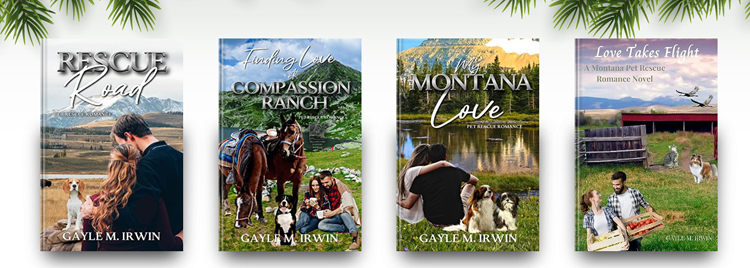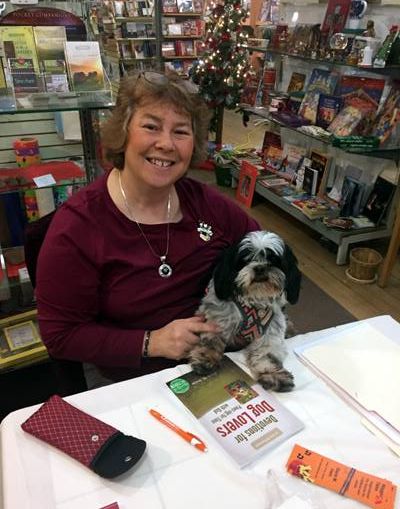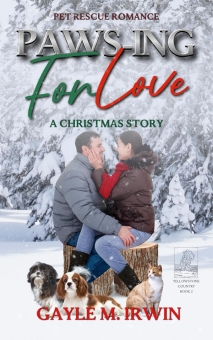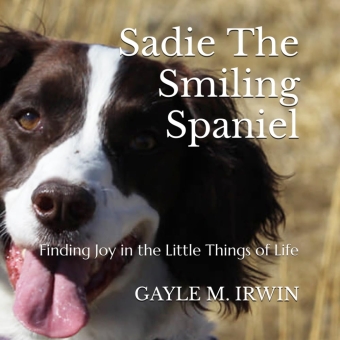Christmas Hope or Heartbreak?
Colter, Montana waltzes in brilliance during winter, with glistening snow on mountain peaks and diamond-like frost on trees and rivers. Romance and dreams flourish in this Christmas card setting. However, news of friends missing after a raging blizzard and a later accident and subsequent illness disrupt the lives of Rhiann and Levi Butler, who operate a horse ranch and pet rescue sanctuary. Will the joy of Christmas be silenced or strengthened after a pair of stray animals take refuge at the Butlers' property? Can a cat named Mina and a Corgi christened Maverick deliver hope or will they add more heartache for a couple and community struggling with fear and sorrow?
A springer spaniel named Sadie finds joy in many things. She explores, takes walks, and travels with her humans and her best dog friend named Jay. She finds butterflies, squirrels, listens to birds, and smells the flowers of spring. She dashes through the snow in winter, and takes naps on the couch inside the house. In everything, she finds joy. Sadie wants to take you on a joyful journey in life, and she wants you to discover what brings you joy. Join Sadie on the adventure of finding joy in the little things of life!









